For most people, ‘Paris’ means the city’s historic heart with its much-romanticized landmarks. But, beyond the Périphérique, the great boulevard encircling the tourist centre and separating it from the less-visited suburbs, there is another Paris—or rather, a multitude of different Parises, as the work of Mohamed Bourouissa has so eloquently shown.
Note: this feature originally appeared in Issue 24 of Elephant.
Although much of your work is international, you’re based in Paris.
Yes, I live in Gennevilliers [in the north-western suburbs]. That’s where I have my studio. It’s not far—I’m on line 13 of the Métro. I was born in Algeria, in Blida. I was five years old when I came to live in France. Initially we lived in Paris and then moved to the suburb of Courbevoie. Historically I’ve spent a lot more time living just outside Paris than inside it.
How did you become an artist?
Nobody in my family was in any way artistic. It really wasn’t their thing. And if you don’t have anyone if your family to help you, it’s rather difficult to know how to go about things. I was always interested in art but I didn’t really understand how the milieu worked, nor did I know what a gallery was, really, or what a curator did. So my career started relatively late: I was 28 before I began to earn a living from my art. Things always happen through coincidence, I think. When I was an art student, my ex-girlfriend worked in a gallery, so I got a few vague inklings of that world—of photography as an art form. Then I went on to the Ecole Nationale Supérieure des Arts Décoratifs and my professor was brave enough to submit some of our work for the Yangzhou art festival in China. I’d been working on the Périphérique series for two years and that’s where it got spotted, mainly by the press, French newspapers like Le Monde and L’Humanité. It’s funny that I had to go all the way to China to acquire some visibility in France.
Speaking of Périphérique, would you agree that your work is concerned with the margins of Paris, of society, and people who live on those margins?
In hindsight I no longer think that’s true. It really is a question of terminology, of stating that your centre is here or there. For me there’s no question of marginality when I photograph the guys who live in the cités [the vast rambling estates in the Parisian suburbs]. Their centre is where they are. They aren’t, in themselves, marginal. They work, they get on with their lives. They are considered as marginalized only because we decree that Paris is the centre. In actual fact, there is something bizarre about questioning the dual culture of a French person of North African origin. You wouldn’t ask the same questions of a German person living in France. Of course, this is tied up with the colonial history of France. People have a problem with that and they project it onto the next generation of young people.
At first glance, the photographs in the Périphérique series look like photo-reportage, especially in the context of the 2005 riots in the banlieues, but a closer look reveals how carefully the images are staged, like tableaux vivants. Some images even reference grand historical paintings like Delacroix’s La Liberté guidant le peuple. Is this blurring between different types of representation what principally interests you here?
It’s really simpler than that. I wanted to represent the guys from the banlieues, who are generally only portrayed by news reporters, and to lift this type of imagery into a more classical realm of representation, from social documentary into the field of aesthetics. That is the heart of this project, its internal tension. Mise-en-scène is perfect for this as it allows me to control the image, play on certain ambiguities and take this type of imagery into a poetic dimension. Of course, there’s always a political judgment contained in the image: my work is concerned with tension. But the real purpose of it is to produce something poetic. I often talk of emotional geometry when it comes to this series. I tried to produce a visual rhythm, a staging of bodies and gazes to produce a certain emotional response. So you might think: this is staged, this is a construct, and consider also the ways in which images are constructed in the media. That’s one effect of this project. What you see isn’t quite what you see. But the point of the project was: how do we produce an alternative centre? Those guys in my pictures weren’t talking about their feelings about postcolonialism! They weren’t bothered about it. It’s really about different mental attitudes. People who live in Paris and people who live in the banlieues think differently. Not much separates us, but nevertheless it’s like comparing a city dweller to a country person. You have a different relationship to space and time, to the individuals around you. You move around differently. There’s a difference between having to wait for your local bus for 20 minutes and having a tube train coming along every other minute. Time flows differently. So bringing things back to post colonialism is missing an important point, which is that this is their space. They haven’t been imported into it. It belongs to them.
Artistically is Paris still trading on its glorious heyday, the era of Picasso and the Surrealists, of the Montparnasse and Montmartre scenes?
Nowadays artists who are based in Paris tend to live on the outskirts of the city, given how expensive the rents are. Realistically, if you want a decently sized studio with a bit of space to work, you have to move out. That’s especially true of young artists who are starting out. There are more and more studios and alternative spaces in Seine- Saint-Denis [to the north-east of Paris]. There are many artists in Montreuil for example, such as Thomas Hirschhorn, and there are also things going on in Evry [in the southern suburbs]. It’s all far more happening than central Paris.
And what about galleries?
Some of them are moving outside of Paris too—I’m thinking of the Thaddaeus Ropac gallery in Pantin. In Paname [slang name for Paris] it’s impossible to have a large gallery space so if a gallery wants space that’s better suited to showing certain types of work, they have to look elsewhere. Central Paris is small, but the Ile-de-France is really vast.
Do you feel that Paris still has something to give to the artists who work there?
It depends what you mean by Paris: central Paris or the Ile-de-France? If we look beyond the Périphérique, then yes, Paris still has a lot to give and there is still a lot to discover there. The Métro alone is a monumental source of inspiration. I certainly don’t feel that Paris is dead. Even in the Place du Trocadéro and at the foot of the Eiffel Tower you can still find stuff to work with. I’m an artist who works locally, but when I’m invited to do something for the Havana Biennial, then I feel like taking about Havana. I like to contextualize my work. Four years ago I showed work at the Venice Biennale that was once again hyper-local—a video of guys living in Marseilles in a neighbour-hood called Noailles—which I wanted to show at this huge international event. When it comes to Paris, there are so many different aspects to it. You could go into the nineteenth arrondissement, you could go around Barbès around Ramadan and see some incredible things. One of my films, set in Barbès in central Paris, is called Légend and is about illegal cigarette sellers. It’s possible to be on the margins while still being in the centre.
What about the notion that Paris is now dead as an art city—that the action has moved to Brussels, for example?
You could say Paris is ‘dead’ in the sense that there’s no artistic revolution happening there, but as for things shifting to Brussels once again it’s a matter of point of view. As far as I’m concerned what’s interesting is the life that goes on, what’s happening outside. That’s my point of view, but from the point of view of a collector, a gallery owner or a curator you might say that there are more artists to discover in Brussels. In Paris, in terms of shows put on by the great institutions, I really think there are some very beautiful things to see. In terms of the alternative scene, central Paris is hugely difficult. There is nothing like what’s happening in Brussels with spaces opening up and people saying: ‘You know what, let’s try something out.’ But there are some smaller, younger galleries opening in Belleville and in the Marais. Things are still happening. The truth is that while the banlieue is cool—I live there—opening a gallery out there and getting people to visit is still hard.
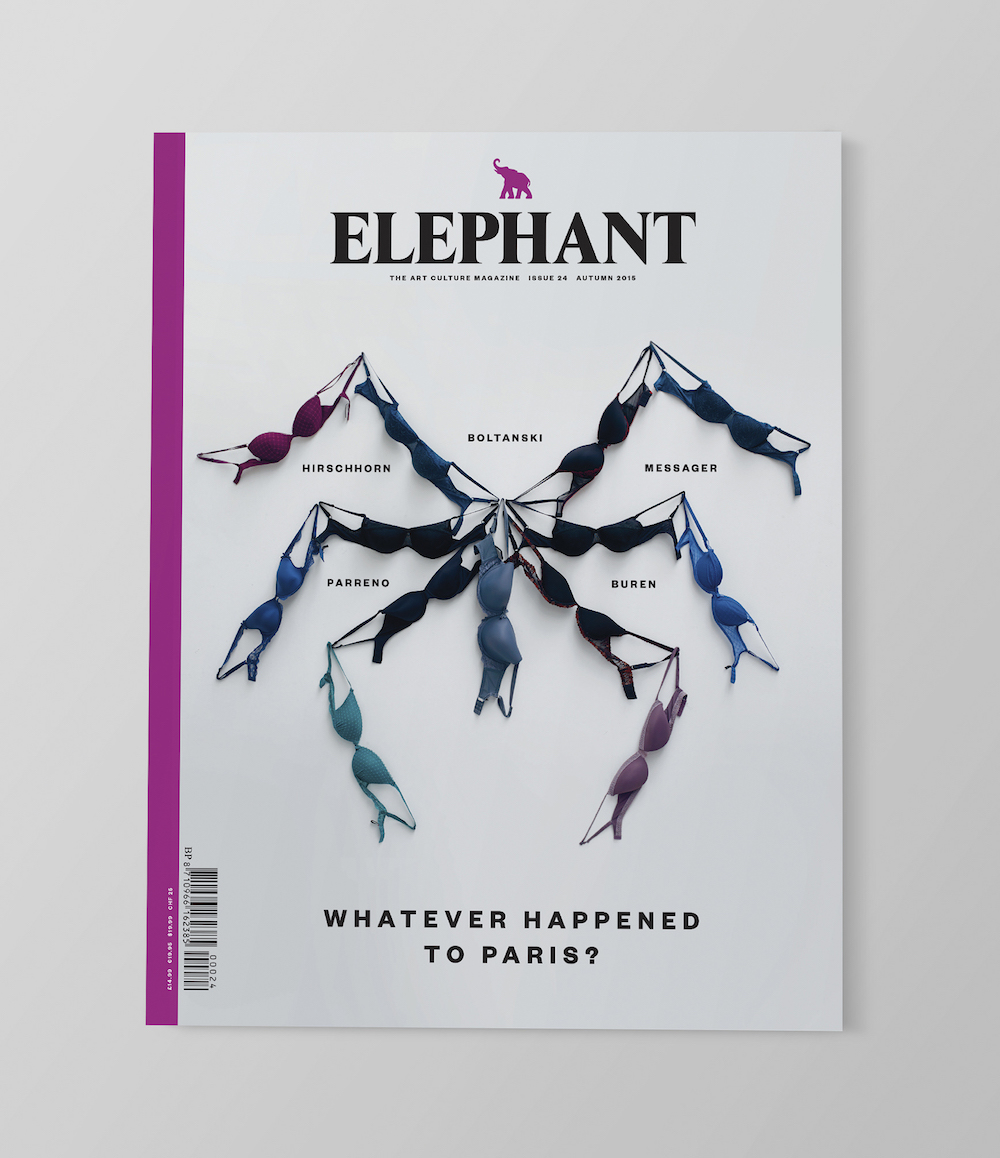
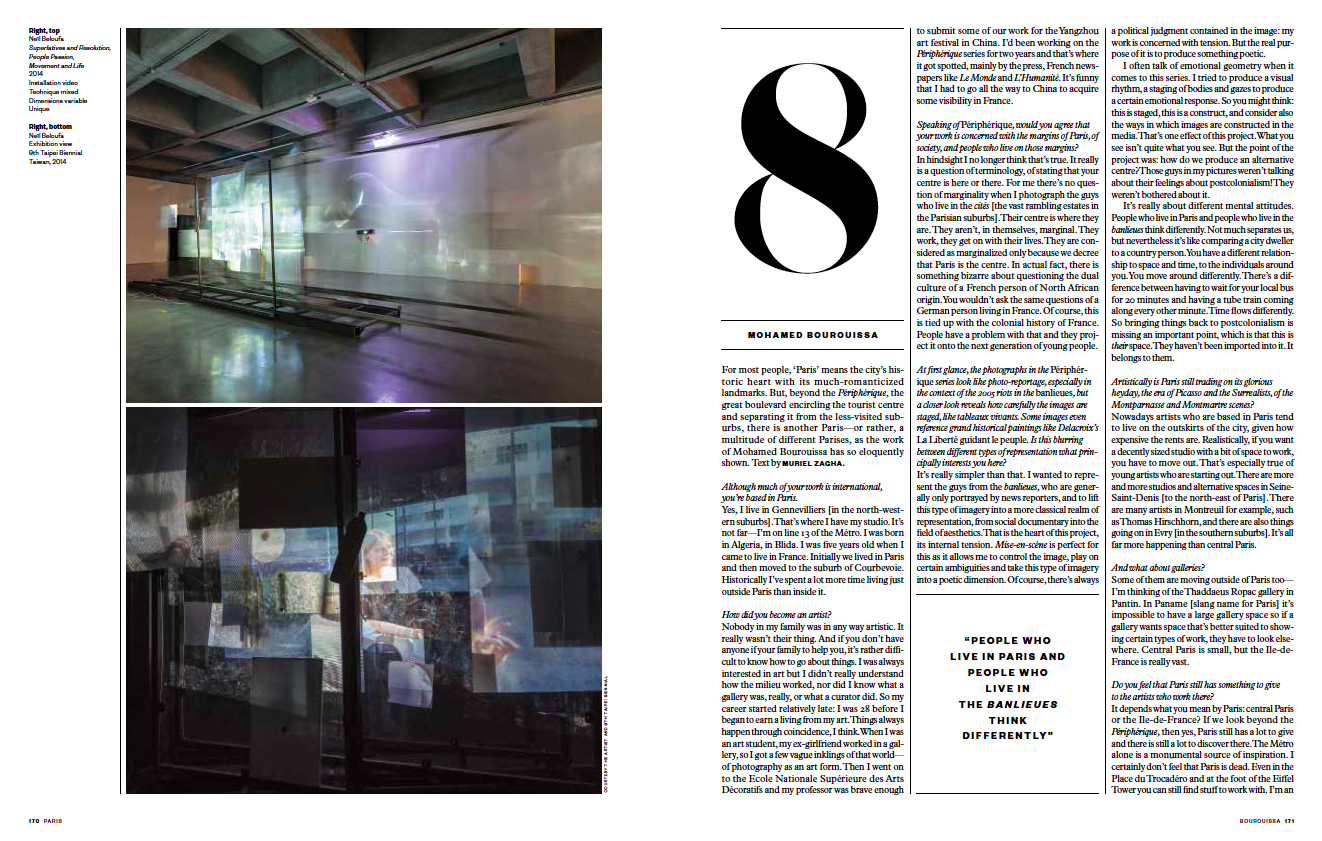
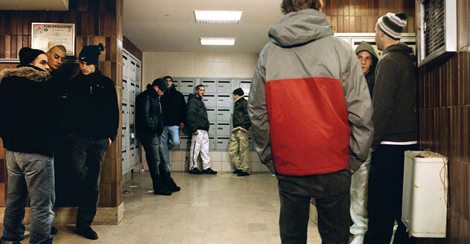
Mohamed Bourouissa Carré rouge 2005 From the series Périphérique C-print 106 x 160 cm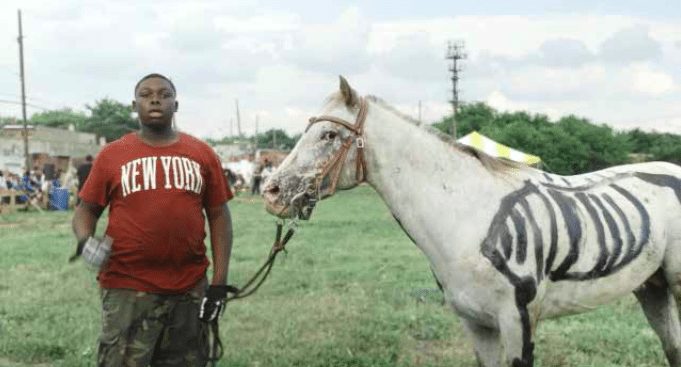
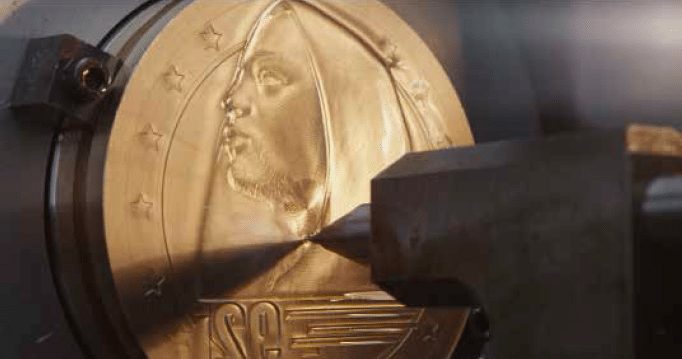
Mohamed Bourouissa Still from ALL-IN 2012 Video, colour, sound 5 minutes 41 seconds





